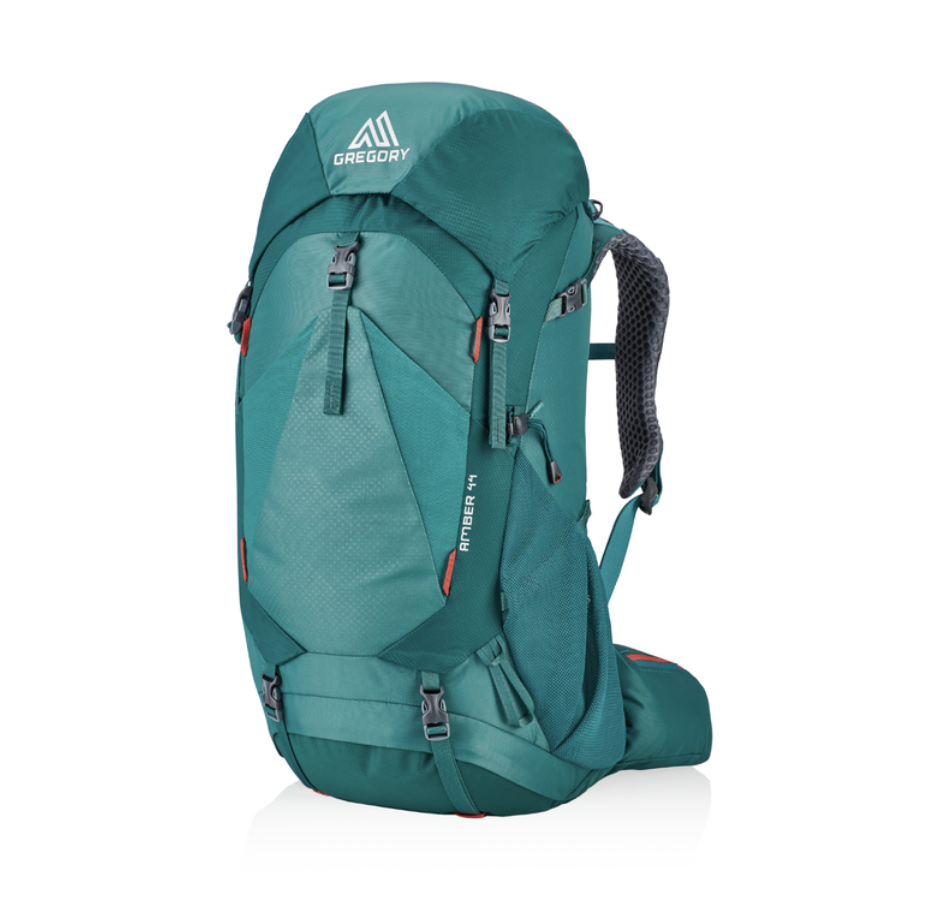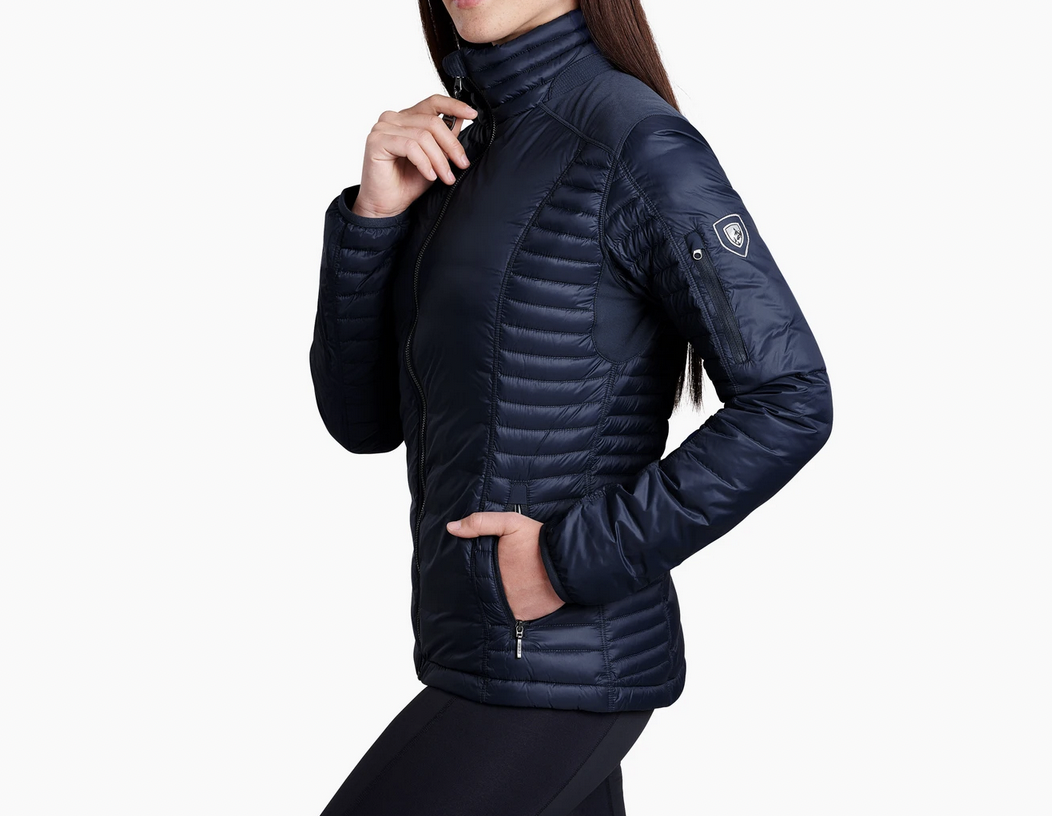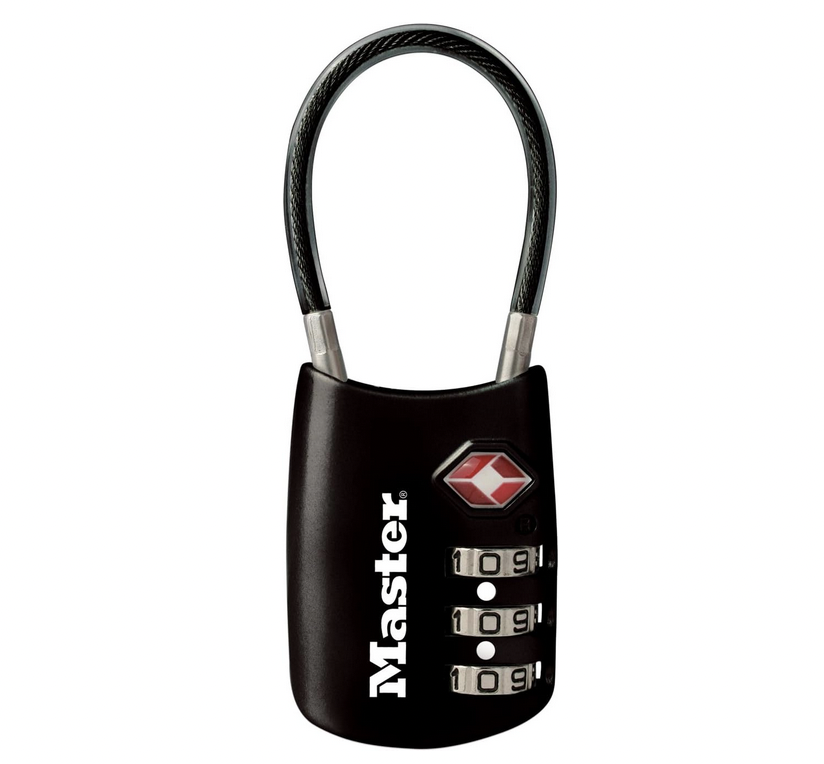What to Pack for the Camino de Santiago
Please note that this entry does contain affiliate links. This means if you click a link in this post and make a purchase, I may earn a small commission at no additional cost to you. This is how I am able to continue crafting content like this, so thank you in advance for supporting the blog in this organic way!
Determining what to pack for the Camino de Santiago can be an overwhelming task if you’ve never walked a trail like it before. In this post, I share what I came to realize are the essentials for a well-supported Camino and a pack that won’t break your back.
In September and October of 2022, I walked the Camino de Santiago (re-live it with me here) from Saint-Jean-Pied-de-Port in France to Santiago de Compostela in Spain, plus a little extra mileage to Muxia and then Fisterra after. It was an experience that not only left an indelible mark on me forever, but one that I now choose to repeat in some version annually. In 2023, it was a week’s walk on Norway’s St. Olav’s Way, 2024 the Camino Portugues from Porto to Santiago with my Dad, and in 2025 11 days on the Via Francigena through Tuscany. This post is all about what to pack for the Camino de Santiago (or any thru-hike like it). In it, I share what’s become my tried and true Camino packing list, including a few items I quickly learned I should have packed and none of the ones I realized I didn’t need.
Save on Gear for Your Camino
Many of the essentials I recommend in this post — from backpacks and walking shoes to books and accessories — are available at discounts right now. Check out my Travel Deals page to see if you might be able to save on gear for your Camino + flights, hotels, eSIMs, travel insurance, and more.
Camino de Santiago Packing List: The Essentials
This Camino Packing List is organized in the following categories. Click any of the titles below to jump to that part of the page.
Footwear Tips & Recommendations
Included in this Section: Hiking Clothes & Gear, Cold Weather Gear, Rain Gear, Sun Gear, & Sleeping Gear
Toiletries & Supplies To Be Sure to Pack
Included in this Section: Suggested Travel-Size Toiletries, First Aid Recommendations, Blister Prevention & Care Materials, Food & Supplements Suggestions, Tech Gear, and More
Backpack Tips & Suggestions
I bought this for my first Camino and have hiked two other pilgrimage routes with it since. I love it, especially the dual access from top or bottom, the rain cover included, and the massive hip belt pockets that work as a built-in bum bag. It also helps that it’s covered under the Gregory Lifetime Warranty, meaning if it doesn’t hold up to normal wear and tear they’ll repair or replace it free of charge.
Osprey’s hiking packs also come highly recommended, especially the Tempest 40 for women, the Talon 44 or ultra-light Exos 38 for men, and the Stratos 36. Aim for a pack between 30 and 45 Liters. Anything more is completely unnecessary on the Camino, and really just added weight.
Footwear for a More Comfortable Camino
Trail Runners or Hiking Boots
You’ve Already Broken In
Never being one for hiking boots, I bought the ASICS GelVenture 8 Trail Running Shoes off the clearance rack at my local DSW and they served me well for my walk across Spain, all 500 miles from SJPP to the shores of Fisterra. I did have to retire them after my long walk, but they didn’t give me any blisters thanks to their wide toe box and breathability, just some support issues at the start until my feet adjusted to the weight on my back and the daily mileage routine. You don’t need more than a trail runner if you’re walking the Camino Frances and they’ll dry much faster than any hiking boot when the rains assuredly fall.
The beauty of Tevas is the way they serve as both a supportive, cushioned shoe to slip on when you’ve made it to your destination each day (like walking on clouds) and they can be a nice backup shoe option if your hiking shoes start giving you blisters. I’ll never hike a Camino without a pair of these in my pack. If Tevas aren’t your thing, take a peek at these other hiking sandal alternatives.
Essential Clothing & Gear for the Camino
For my Camino, I alternated between two pairs of quick-dry bottoms, two sports tees, two sports bras, three underwear, and three cushioned hiking socks. My routine was to arrive at my destination each day, shower, dress in my next day’s clean clothes, and immediately wash and dry what I wore to hike that day. This cycle worked for me and allowed me to avoid toting around too many extra pairs of clothing. It also meant I had something comfortable to sleep in and that I could roll out of bed each day already dressed for the day’s hike. I’ve linked some Amazon options below, but KÜHL is a more high-quality outdoor wear brand I would recommend.
To Pack:
2-3 Quick-Dry Tops (mix of tee, tank, and long sleeve)
2-3 Quick-Dry Bottoms (mix of long and short)
3 Pairs of Moisture-Wicking Cushioned Hiking Socks
If you’re starting your Camino in the shoulder seasons or the winter, you’ll need to factor in cold weather gear. I hiked the Camino Frances in late September through October and needed gloves, a warm headband or beanie to cover my ears, layers including a fleece and quarter-zip that I threw on over my t-shirt, and my Buff to protect against the early morning freeze that sometimes chilled me to the bone. I’d also recommend a thicker sleeping bag liner or blanket if you’re not bringing a full sleeping bag. I froze in some of my albergues that did not supply blankets. Most do, but not a guarantee.
To Pack:
1 Quarter-Zip Pullover for layering
1 Pair of Gloves
1 Fleece Beanie or Headband to cover ears
1 Pair Merino Wool Hiking Socks
1 Thick Blanket or Sleeping Bag
1-2 Pairs of Long Underwear (optional for shoulder season hikes)
Chances are it will rain while you’re walking the Camino, especially when you enter Galicia. For rain gear, I packed a poncho, rain cover for my pack, a waterproof pouch and ziploc bags for important documents and technology, and waterproof packing organizers to doubly ensure my belongings stayed dry in my pack. Another few things I’d add and recommend that I saw others pack are gaiters to keep the rain out of your shoes and a newspaper to pull from and stuff inside your wet shoes when you arrive at your albergue. The newspaper will absorb the moisture overnight and ensure your shoes are dry by the next day’s hike.
To Pack:
Poncho or Rain Jacket with a hood
Rain Cover for your Pack
Waterproof Pouch and/or Ziploc Bags
Gaiters (optional, but nice to have)
Newspaper
I hope you get plenty of sunshine on your Camino, just be sure to bring the right protection, especially some sunglasses, sunscreen, and a hat or BUFF headband. Maybe even an umbrella for some mobile shade.
To Pack:
While I’m of the opinion that pajamas are an unnecessary item for the Camino , there is some sleeping-related gear I recommend having in your pack. They include an eye mask, ear plugs and/or noise-cancelling headphones, or this genius combination of both, and a sleeping bag or sleeping bag liner (preferably silk to minimize your risk of a bed bug problem),
To Pack:
In terms of hiking gear, all you really need to be sure to have is a re-usable water bottle or hydration bladder. Trekking poles, a guidebook, and even a headlamp or flashlight are all entirely optional and dependent on your hiking style and needs. I will say, though, that I for one wished I had packed a headlamp for those early up-before-sun starts on the pitch black trail. A collapsible daypack is useful to have in the event that you need to send your bigger pack ahead due to an injury or to give your shoulders a break. Having it means you can store your day’s supplies (snacks, water, hat/gloves, etc.) in something.
To Pack:
Toiletries & Useful Camino Supplies
I highly recommend bringing an easy-to-tote-and-hang waterproof toiletry bag to contain all of your toiletries and make visiting the shared bathroom at your albergue a breeze or to keep your stuff off the wet floor while you’re showering. I’d also obviously recommend going with travel size toiletries for weight reasons. You can always re-stock en route when things run out.
To Pack:
Toothpaste & Toothbrush
Floss
Hairbrush & Hair Ties
Shampoo, Conditioner, & Body Wash (Bar of Soap with Container recommended)
Razor & Shaving Cream
Glasses and/or Contacts (+ Contact Solution & Case)
Tampons or Pads
A quick-dry towel is quintessential for a variety of reasons, not only is it lightweight and compact, but it dries fast, and can be used to speed up the dry time on your sopping wet laundry after it has been washed (as I used it more than once on my Camino).
At a minimum, you should have band-aids, antibiotic ointment, painkillers, nail clippers, and hand sanitizer with you, as well as any prescriptions or allergy meds you might be taking. The rest (mentioned below) you can buy en route at pharmacies as needed if you don’t want the weight in your pack.
To Pack:
Anti-inflammatory like Ibuprofen or Aspirin
Antihistamines like Benadryl or your Epi Pen if you have allergies
Pain Relief Cream like Tiger Balm or Icy Hot
Prescriptions
Anti-diarrheal like Imodium or Pepto Bismol
Pack of Tissues or Pocket Wipes
Band-Aids (waterproof and flexible)
Blisters are a sad given on the Camino, but less of a problem if you come prepared. My go-to remedy for prevention and care was to coat my feet in Vick’s VapoRub or Vaseline before putting on my socks, have a pair or two of socks available to slip into the moment the ones I was wearing got wet, and use Compeed plasters whenever blisters did appear. While trekking St. Olav’s Way in Norway, I was introduced to wool as a blister prevention method and would also highly recommend bringing some hiker’s wool to secure around your toes. It works better than toe socks in my opinion.
To Pack:
Compeed Blister Bandages and/or Moleskin
Vaseline, Vick’s VapoRub (also prevents athlete’s foot), and/or Foot Powder
I’m not usually one for supplements or vitamins, but when you’re walking as much as you will on the Camino day after day, your body will need more than it usually does to keep going. I recommend having some high-protein energy bars available and electrolytes to add to your water during and after each day’s trek.
To Pack:
Energy Bars like Clif Bars and RX Bars
Electrolytes like Gatorade, LMNT, or Nuun
If you’re on a budget (and even if you’re not), it’s handy to have a camping mess kit with you to have food on-the-go and/or to have something to eat on and with when you’re at the occasional utensil-less municipal albergue. At the very least, get yourself a spork or multi-tool to dig into your microwave dinner. I was grateful again and again that I had my own fork and spoon. I’d have had a knife had I not flown on over with just a carry-on - keep that in mind if you buy a multi-tool and aren’t checking a bag on your flight over to Spain.
To Pack:
Spork or Multi-Tool
Camping Mess Kit with Collapsible Bowl, Container, and Cup
You will be doing laundry daily while on the Camino, often in a sink and then hanging your clothes on the line to dry. This means you’ll need some form of detergent or soap and some clothes pins of your own. There are usually washers and dryers you can pay to use, but unless you’re first to the drum, there will usually be a long line ahead of you to use it. If you’re willing to splurge, the Scrubba Wash Bag is a Camino laundry hack I’d vouch for. It means you don’t have to wash your clothes directly in a dirty sink and it has its own built-in washboard. A few things I’d bring along if I walked the Camino again would be my own personal clothesline that I could attach to my bunk, as sometimes the lines provided were already full when I got there and many people, including me, would forget to grab laundry off the line before departing the next day. Carabiners are also a great idea for attaching still-drying clothing to your pack. I tried doing that with my clothes pins and lost a few socks in the process.
To Pack:
Tech Gear
Maybe you’re leaving all tech at home for your walk in the Spanish countryside, but if you’re not, the tech essentials to pack include a cell phone loaded up with a local SIM and your favorite Camino apps (mine were Wise Pilgrim and Buen Camino), headphones, charging cords, and a European plug adapter. Spain uses plug types C and F. You could bring a power bank, but you’ll never be in a bind to charge a dead battery as you’ll be passing through towns with cafes all day every day.
To Pack:
Passport/ID & Camino Credential
You’ll always need to have your Camino Credential handy for stamps along the way and your passport or ID for check-in at each albergue. You can get your Camino Credential at any pilgrim office along the route. CaminoWays.com has a handy guide for where specifically you can pick one up en route or even before you’ve left your home country.
Cash & Cards
Paying by card isn’t always a guarantee on the Camino, so it’s always good to have some Euros in your change purse. I recommend starting your Camino with 100 Euros in cash, then as the supply dwindles, restock at an ATM in the next big town or city.
A travel lock is essential if you’ll be sleeping in the shared rooms at the albergue. There’s almost always a locker where you can store your things, but you’ll have to supply the lock yourself. It’s also nice to use for locking suitcases and backpacks if you’ll be storing or sending bags down the trail as you go with courier services like Jacotrans or Caminofacil.
Of course, these are optional and do add some extra and perhaps unnecessary weight to your pack. I myself didn’t bring a book. If I had, it probably would have been a paperback of Paulo Coelho’s The Pilgrimage - light and relevant. A journal, however, was a must for me, somewhere to jot down my thoughts and record the experience as it was unfolding. Those pages are priceless to me today.
Found this helpful?
I spend a lot of time in coffee shops putting together content like this. If you’d like to support my work, consider buying me a coffee to show some love ❤️
Special Note
If you’ll be walking any of the coastal routes, I’d recommend throwing in a swimsuit too. Additionally, if you’ll be walking in the dead of summer or winter, obviously you’ll need to add and subtract a few items from the clothing list. All of my pilgrimages to date have been done in an Autumn climate with cool, sometimes freezing, mornings and temperate t-shirt weather days. What’s listed here is certainly suitable for a Spring or Fall Camino.
There you have it: a Camino de Santiago packing list based on my own experience and observations. If you have anything to add or just want to reach out with a question, send me an email anytime or find me on Instagram at @nomapsamber.
If you’ll be shopping or using any of the following brands or sites in your Camino prep, please consider using the following links:
Accommodations: Booking.com, Trivago, TripAdvisor
Gear: Amazon.com, REI, Osprey, Gregory, Patagonia, KÜHL, Buff
Travel Insurance: Squaremouth, WorldTrips
Apps: AllTrails, Wise Pilgrim, Buen Camino, Camino Ninja
Guidebooks: Barnes & Noble, Amazon.com
For a full list of Travel Resources that give back to the blog, click here.


























Planning a PNW road trip? Here’s the scenic weeklong Pacific Northwest itinerary I followed in my Roadsurfer van — from beaches to forests to tribal lands.